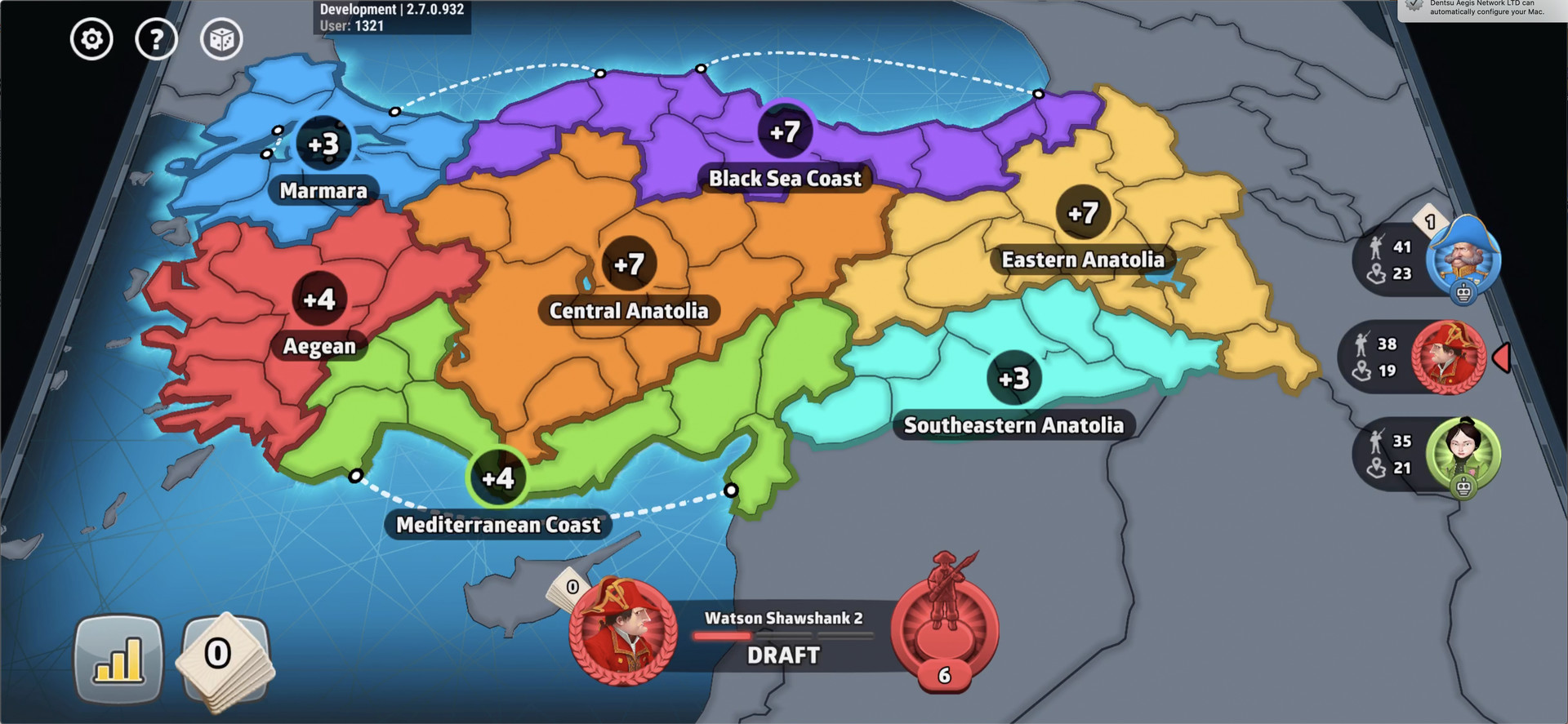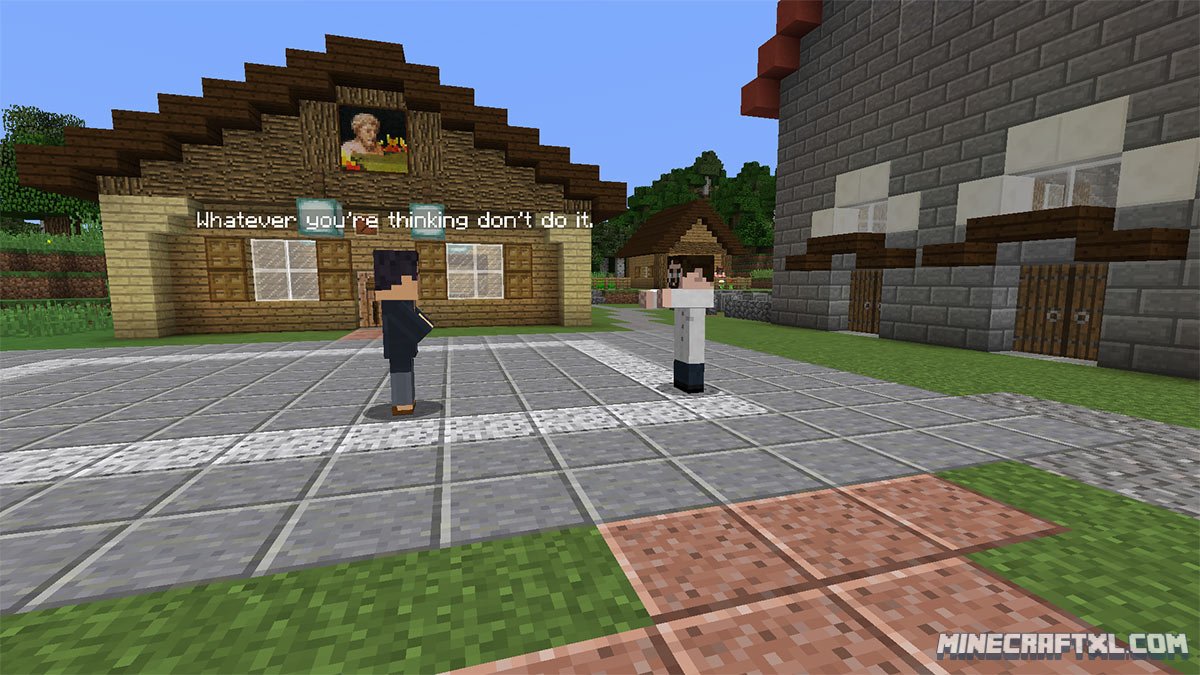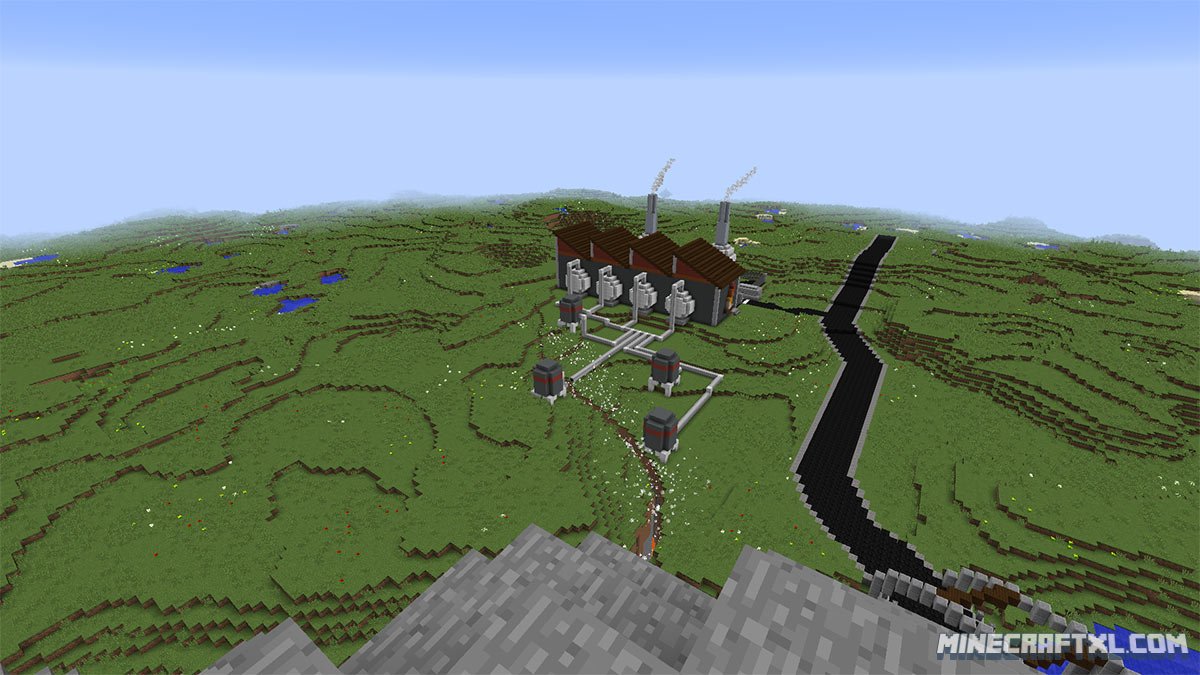Durrani The global quality of uprisings posed an important question in 3/13: The Arab Spring, as it has throughout Uprising.Interlocutors debated the extent to which a conception of uprising, the “Arab Spring,” homogenizes a set of distinct uprisings or else appropriately represents a single uprising that is transnational or perhaps global, when paired with Occupy Wall Street. Este contenido requiere el juego base RISK: Global Domination en Steam para poder jugar. Comprar RISK: Global Domination - Countries & Continents 2 Map Pack $3.99.
- Risk: Global Domination - Countries & Continents Map Pack Cracker Barrel
- Risk: Global Domination - Countries & Continents Map Pack Crackers
- Risk: Global Domination - Countries & Continents Map Pack Cracker
China has started ranking its citizens through a social credit system. The good are rewarded and the bad are punished....
China has started ranking its citizens through a social credit system. The good are rewarded and the bad are punished.
China’s on a mission for world domination, but it appears to be hurting millions.Source:Supplied
If someone created a crossover between George Orwell’s 1984 and the Netflix series Black Mirror, it would look a lot like parts of China right now.
As we speak, over a million Muslims in China’s northwest region of Xinjiang are being held in camps where they allegedly face torture and suffering under the guise of “re-education”.
Citizens are watched by tens of thousands of facial recognition cameras, with their movements controlled by the government. No one is immune, although academics, journalists and intellectuals are especially targeted. Residents can disappear in the dead of night for something as innocuous as making a phone call or giving up smoking.
Related: Inside China’s shocking internment camps
Related: South China Sea tensions at new high
Related: Surprise reason we’re on the brink of a new ‘arms race’
Every resident is given a label: “Safe”, “Normal” or “Unsafe”, which is determined by their age, faith, religion, foreign contacts and overseas travel. Those in the “Unsafe” category can be sent to internment camps and see their privilege of taking public transport revoked.

According to US officials, China installed facial recognition cameras, mobile phone scans, conducted DNA collections and increased an intrusive police presence.
The region is home to hundreds of thousands of Muslim Uighurs — a Turkic ethnic group — and the Chinese Communist Party has a history of heavily criticising Islam, which it once compared to an “infectious disease”.
The 9/11 terror attacks in 2001 became a convenient way to spark fears about Islamic extremists being imported into China.
But there’s a lot more to the eerie crackdown than race or religion.
TRILLION-DOLLAR PROJECT SPARKING MASS DETENTIONS
China’s leader Xi Jinping has a grand plan in motion to put his country at the economic and political centre of the world.
These ambitions are best summed up by the Belt and Road Initiative, a trillion-dollar project that seeks to connect countries across continents on trade, with China at its centre.
The ambitious plan involves creating a 6000km sea route connecting China to South East Asia, Oceania and North Africa (the “Road”), as well as through building railway and road infrastructure to connect China with Central and West Asia, the Middle East and Europe (the “Belt”).
The project went into effect in 2013 and has around 65 countries either signed on or in negotiations with Beijing.
What does all this have to do with Xinjiang? Well, take a look at this map of the trade routes:
Geographically, Urumqi — the capital of Xinjiang — is a crucial intersection point in the “Belt” part of the project.
It also shares several international borders: Mongolia, Afghanistan, Pakistan, India, Kazakhstan, Kyrgyzstan and Tajikistan.
The last thing the Chinese government wants for such a crucial region in this plan is unrest or the loss of control. And that’s where the intense security crackdown comes in.
This explains why the crackdown escalated around five years ago, in line with the Belt and Road Initiative taking off.
China’s leader Xi Jinping has a grand plan in motion to put his country at the economic and political centre of the world.Source:AAP
Dr Anna Hayes, senior lecturer in politics and international relations at James Cook University, has conducted extensive research into the situation at Xinjiang.
She told news.com.au the economics of the Belt and Road plan played an important role in the crackdown, noting the surveillance and detainment has intensified in line with the rolling out of the trillion-dollar project.
Risk: Global Domination - Countries & Continents Map Pack Cracker Barrel
“There’s been more than 7000 police stations put in after 2016 and huge amounts of money spent on surveillance technology,” she said. “(Mr Xi) brought in Chen Quanguo as Xinjiang Party Chief that same year — a strongman like himself who could bring Xinjiang’s Muslim minority under complete control.
“The territory of Xinjiang is such an important part of the Belt and Road Initiative — all those highways, gas pipelines, railways — they all have to go through Xinjiang, so they want it under firm control so there’s no internal threat.
“The Belt and Road Initiative is now such a key dynamic of Xi Jinping — it’s his signature policy,” Dr Hayes added. “For the initiative to work, Xinjiang has to fall into line. It has to be made to work because it’s the most important part of the Chinese pivot to Central Asia and Eurasia, so they don’t want any obstacles there.”
Xinjiang has a troubled history of riots and ethnic tensions. In 2009, thousands took to the streets to protest the killing of Uighur migrant workers in the country’s south.Source:AFP
In heavily-controlled China, such protests are rare and very dangerous.Source:News Limited
During the 2009 protests there were 197 fatalities and almost 2000 injuries before order was restored.Source:AP
You might think China’s decision to crack down so heavily on the state is counter-productive. Why detain millions of people and risk a massive global controversy if the rest of the world finds out? Seems like a huge gamble for such an expensive and ambitious project.
But Dr Hayes explained the Chinese government had long feared losing control of Xinjiang — a region where, historically, there is a lot of competing powerbrokers.
“Their reaction to the fear of losing Xinjiang is to crack down hard so it will be brought under total control,” she said. “When you put fear and repression over the population, they very quickly fall into line.
“There have been several missteps by the Chinese Communist Party throughout history,” Dr Hayes added, noting the Tiananmen Square massacre and the Cultural Revolution. “This is an authoritarian state. That’s how they work.”
As a result, everyday citizens in Xinjiang can disappear at the drop of a hat. According to Dr Hayes, this can be as simple as making the decision to give up drinking alcohol or smoking, which could spark suspicion as being a way to practice the Islamic faith.
WHY AREN’T OTHER COUNTRIES SPEAKING OUT?
China has gone to great lengths to ensure countries signed onto the Belt and Road Initiative don’t criticise the government about Xinjiang.
Earlier this year, Reuters reported the Chinese government had organised tours around the region — including to the “training centres” — from 12 non-western countries including Russia, Indonesia, India, Thailand and Kazakhstan.

The highly-controlled tours were held up by China as proof they had nothing to hide in the region.
The report noted none of the students appeared to have been mistreated and instances of singing and dancing “that seemed to have been put on especially for the visit”.

All the interviewees said they were there of their own accord after learning of the centres from local officials.
It was also noted reporters were closely chaperoned at all times. Representatives from the United Nations and human rights groups were not invited.
Dr Hayes said the countries signed on to the trillion-dollar project should be making their involvement conditional on the release of the Uighur people. She noted many of the states that had signed on were repressive regimes themselves, making this unlikely, but said there was hope Western countries would be more vocal.
WHERE IS AUSTRALIA IN ALL THIS?
When it comes to human rights abuses, Australia is in a tricky position with China, which is our largest trading partner. It’s also home to a small Uighur community.
Other than one public acknowledgment of its concern about the situation in Xinjiang, Canberra has been relatively quiet on the issue.
Scott Morrison has been quiet on China’s human rights abuses.Source:AAP
This could, in part, be based on a desire to “reset” the relationship between the two countries, which became notably fractured in 2017.
“This is one of many issues within the Australia-China relationship that we need to think carefully about,” said Dr Hayes. “Do we care about democracy and human rights, or don’t we? Because currently we’re prioritising economic benefits over everything else, and I think that’s a real problem.”
She did acknowledge there may be high-level talks between Canberra and Beijing that we’re simply unaware of, but publicly at least, little has been said of it.
“The problem with the US is it’s so domestically focused under Donald Trump, as is Australia as we head into an election,” said Dr Hayes. “We would need to get a coalition to apply diplomatic pressures or consider imposing sanctions, or see what other avenues are available. There’s many different ways it could go, but it really starts with diplomatic pressure.”
Dr Hayes said she’d spoken to members of the Australian Uighur community who were “traumatised” by what could happen to family members still in Xinjiang.
“They say their family members tell them not to call because it could put them at risk of being detained. This means Uighurs have no way of knowing whether their families are alive or dead, and many of them live with the guilt of being here in Australia.”
The Chinese government continues to deny accusations of forced internment and torture.
— @gavindfernando | gavin.fernando@news.com.au
Everybody wants to rule the world! Now you can play the classic game of Hasbro's RISK online.
This fully licensed version of RISK provides the excitement of Global Domination, classic RISK feeling and plenty of options to customize your RISK experience!
Risk: Global Domination - Countries & Continents Map Pack Crackers
Cross-platform multiplayer lets you take on the millions of players playing on mobile and PC.
All purchases carry across via your RISK account, no matter on which platform you play.
FEATURES
Risk: Global Domination - Countries & Continents Map Pack Cracker
- Multiple game modes available: Global Domination online, Play Friends online, Single Player, and Pass & Play
- Authentic rules – it's the RISK you know and love
- Join or host battles against opponents online
- Use Automatch mode to be pitted up against players of similar rank online
- Up to 6 players/AIs
- Start with Classic for free
- Unlock 6 more classic and unique maps with a one time premium purchase
- 40+ more maps and counting to buy as additional DLC packs
- 10+ of single player scenarios to tune your skills with across a variety of maps
- Custom rules and game modes available: Capitals, blizzards, fog of war, limited turns, 70% control
- 5 difficulty AI settings for rookies and veterans
- Guided tutorial mode and in-game help
- Critical game stats and achievements
